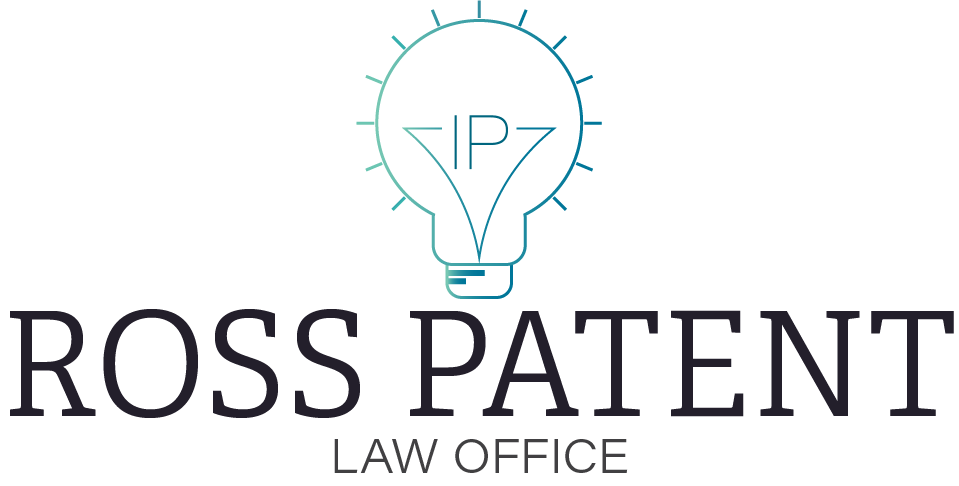Copyright Basics: A Beginner's Guide
Copyright is a fundamental aspect of intellectual property law that protects the creative works of authors, artists, and creators. Understanding copyright basics is essential for anyone who creates or uses creative content. In this beginner's guide, we'll explore what types of works can be copyrighted and how to register a copyright.
What Can Be Copyrighted?
Copyright law protects a wide range of creative works. Here are some common types of works that can be copyrighted:
1. Literary Works
This category includes novels, short stories, poetry, essays, and other written content.
2. Visual Arts
Visual arts encompass paintings, drawings, sculptures, and photographs.
3. Music
Musical compositions and lyrics are eligible for copyright protection.
4. Performing Arts
Plays, dance choreography, and live performances can be copyrighted.
5. Films and Audiovisual Works
Movies, documentaries, and videos fall into this category.
6. Architectural Works
The design and plans for architectural structures can be copyrighted.
7. Software
Computer programs and software code are considered literary works and are protected by copyright.
8. Sound Recordings
Recorded music, spoken word recordings, and podcasts are subject to copyright.
How to Register a Copyright
While copyright automatically applies to a work as soon as it is created and fixed in a tangible medium (such as writing a story or taking a photograph), registering a copyright with the U.S. Copyright Office provides additional legal benefits:
1. Prepare Your Work
Before registering, ensure your work is complete and in its final form.
2. Visit the U.S. Copyright Office Website
Navigate to the U.S. Copyright Office website (copyright.gov) to access the registration portal.
3. Complete the Application
Fill out the copyright application, providing information about yourself and your work.
4. Pay the Registration Fee
There is a fee associated with copyright registration. Payment can be made online.
5. Submit a Copy of Your Work
You may need to submit a copy of your work, depending on the type of work being registered.
6. Wait for Confirmation
After submission, you'll receive a confirmation from the Copyright Office.
7. Receive Your Certificate
Once approved, you'll receive a copyright certificate, providing official proof of your copyright.
Why Register a Copyright?
Registering a copyright offers several advantages:
Legal Protection: It provides a legal record of your ownership and is essential if you need to take legal action against copyright infringement.
Public Notice: Registration puts the public on notice of your copyright, deterring potential infringers.
Statutory Damages: Infringers may be liable for statutory damages and attorney's fees if you register your copyright before infringement occurs.
In conclusion, copyright is a powerful tool that protects a wide array of creative works. Whether you're an author, artist, musician, or content creator, understanding copyright basics is essential for safeguarding your intellectual property. Registering your copyright adds an extra layer of protection, ensuring that your creative efforts are recognized and respected in the digital age.



